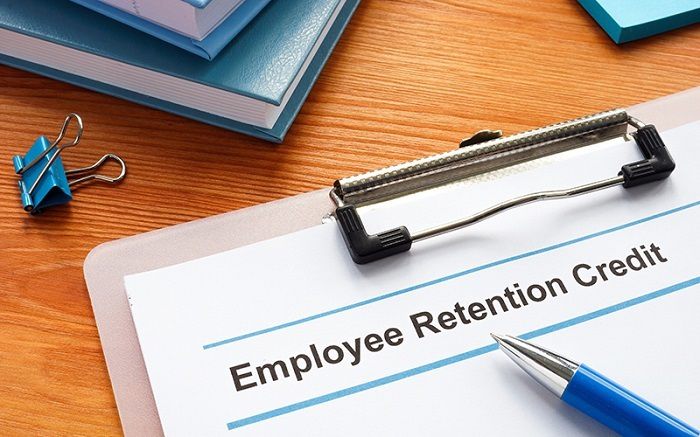Who Is Eligible for the Credit for Employee Retention
At first, the Employee Retention Credit (ERC) was kept a little secret. The ERC, which was first included in the CARES Act, was restricted to organizations that had not received Paycheck Protection Program (PPP) loans in 2020. As of December 2020, thanks to the Consolidated Appropriations Act, people who had previously received a PPP loan were no longer disqualified from receiving the ERC (and expanded the credit in 2021). Many companies failed to notice this.
Many businesses are starting to investigate whether they can retroactively claim the ERC now that 2023 has passed and there is no PPP loan program in place. Additionally, a company will probably call businesses that haven’t done their research to inform them that they are eligible for up to $26,000 in credits per employee.
This is true if the business is eligible for the ERC during all applicable timeframes and the employee makes at least $10,000 per quarter (discussed further below). However, is everyone eligible for the ERC? It’s a crucial query for companies given the rise in IRS audits. Even businesses that have already claimed the ERC may want to check their proof of eligibility for the credit.
The ERC Calculation Process
For 2020, the maximum credit per employee is $5,000 and the ERC is equal to 50% of each employee’s qualified wages, up to a maximum of $10,000 in wages for the year. In 2021, the ERC will be equal to 70% of each employee’s qualified wages, up to a quarterly wage cap of $10,000, for a maximum credit of $7,000 per employee.
The ERC is limited to $21,000 per employee and is available for the first three quarters of 2021. For “recovery startup businesses,” defined as those that started operations after February 15, 2020, and met certain criteria, there will be a limited amount of credit available in the fourth quarter of 2021. Please note that businesses that had over 100 full-time employees on average in 2019 can only claim the 2020 ERC for workers who received compensation for time not worked, and businesses that had over 500 full-time employees in 2019 will be subject to the same restriction for 2021.
Issue With the Supply Chain
You may have heard that to be eligible for the ERC, you do not necessarily need to demonstrate a direct impact on your business. Instead, supply chain issues may suffice. Although the IRS guidance does mention the impact of supply chain issues as a qualification route, this option is much more constrained than frequently implied.
According to IRS guidance, a business must first be shut down due to a COVID-19-related shutdown order for the supply chain issue to qualify as the reason for the closure. Given the many different reasons why supply chain problems have grown in number, this can be very challenging to demonstrate.
Additionally, the business must partially shut down as a result of the supply chain problem. This brings up the debate over whether the issue with the supply chain limits our ability to produce goods or provide services by at least 10%. Quantification becomes crucial once more, and any assertion without it is likely to come under close examination. It’s critical to distinguish between a disruption in the supply chain and a simple decline in business volume.
Is the Employee Retention Credit Calculated?
The Employee Retention Credit may seem too good to be true, and for some people it is. Not every employer is entitled to credit. To apply for the Employee Retention Credit, you must first determine your eligibility.
You must meet one or both of the following criteria to be eligible for the ERC:
Whether the COVID-19 pandemic caused your business to be completely or partially shut down by government order; and whether your company’s total revenue for the quarter for which you are applying for ERC financing was less than the same quarter in 2019
The percentage of your relevant employment expenses that you can reimburse with Employee retention credit finance is fifty percent. The maximum amount you can deduct per employee is $26,000 in 2020 and $21,000 in 2021.
